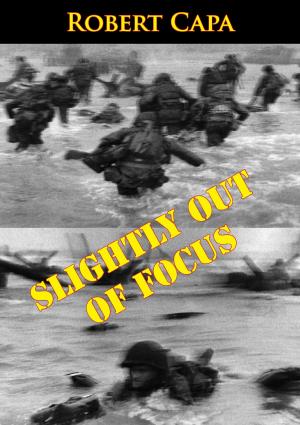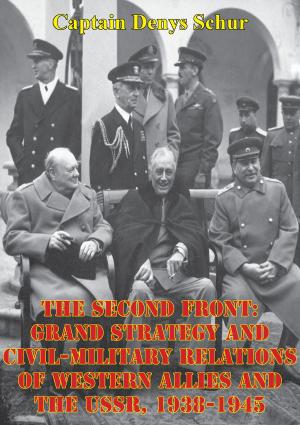Anzio (Operation Shingle): An Operational Perspective
Nonfiction, History, Germany, European General, Military, United States| Author: | Captain Stephen P. Gray | ISBN: | 9781782897262 |
| Publisher: | Lucknow Books | Publication: | August 15, 2014 |
| Imprint: | Lucknow Books | Language: | English |
| Author: | Captain Stephen P. Gray |
| ISBN: | 9781782897262 |
| Publisher: | Lucknow Books |
| Publication: | August 15, 2014 |
| Imprint: | Lucknow Books |
| Language: | English |
This case study analyzes the role of operational art in Allied operations at Anzio, Italy and the battle for Rome (January 22-June 4, 1944). As part of the Allied Campaign in Italy, the amphibious assault on Anzio-code-named Operation Shingle, and the subsequent drive to Rome remains one of the most controversial military operations in history. Although the Allies eventually captured Rome from the Germans, the failure to use 'operational thinking' led to a poorly planned and executed operation.
Most historical accounts blame the failures at Anzio on the lack of aggressiveness by the Operation Shingle commander Major General John P. Lucas. However, when viewed in the larger context of the strategy to defeat Germany and the Allied Campaign in Italy, Operation Shingle is a showcase of failure at the operational level of war. Political rather than military considerations drove Shingle-dooming the operation from the start.
Anzio demonstrates the importance of linking tactical actions to operational and strategic objectives. At the strategic level of war, the Allies had a sound strategy to defeat Germany. However, at the operational level of war, the decision to launch Shingle did not adequately assess risk. In operational design, commanders failed to define an objective, lacked sufficient mass, and did not include alternative plans based on potential enemy actions. During planning and preparation, the Allies misjudged the enemy's center of gravity and failed to exploit valuable intelligence. During execution, operational leadership lacked initiative. Finally, the complexity and tensions created by the combined operation made unity of effort difficult. These lessons should benefit future operations.
This case study analyzes the role of operational art in Allied operations at Anzio, Italy and the battle for Rome (January 22-June 4, 1944). As part of the Allied Campaign in Italy, the amphibious assault on Anzio-code-named Operation Shingle, and the subsequent drive to Rome remains one of the most controversial military operations in history. Although the Allies eventually captured Rome from the Germans, the failure to use 'operational thinking' led to a poorly planned and executed operation.
Most historical accounts blame the failures at Anzio on the lack of aggressiveness by the Operation Shingle commander Major General John P. Lucas. However, when viewed in the larger context of the strategy to defeat Germany and the Allied Campaign in Italy, Operation Shingle is a showcase of failure at the operational level of war. Political rather than military considerations drove Shingle-dooming the operation from the start.
Anzio demonstrates the importance of linking tactical actions to operational and strategic objectives. At the strategic level of war, the Allies had a sound strategy to defeat Germany. However, at the operational level of war, the decision to launch Shingle did not adequately assess risk. In operational design, commanders failed to define an objective, lacked sufficient mass, and did not include alternative plans based on potential enemy actions. During planning and preparation, the Allies misjudged the enemy's center of gravity and failed to exploit valuable intelligence. During execution, operational leadership lacked initiative. Finally, the complexity and tensions created by the combined operation made unity of effort difficult. These lessons should benefit future operations.
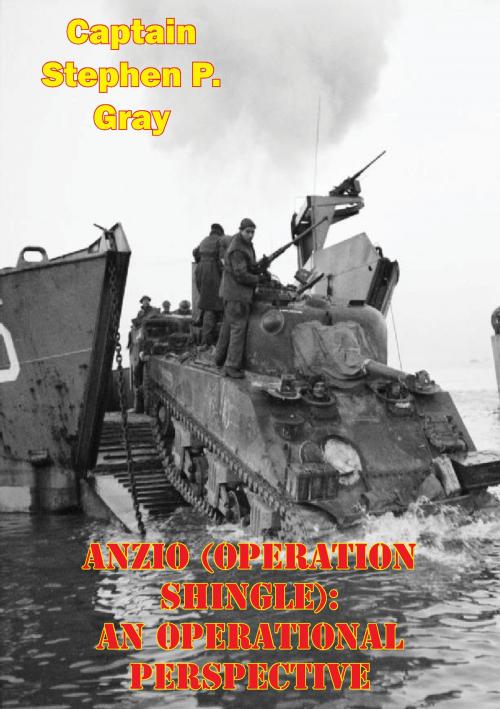
![Cover of the book North Sea Diary. 1914-1918 [Illustrated Edition] by Captain Stephen P. Gray](https://www.kuoky.com/images/2015/november/300x300/9781786255426-8mTL_300x.jpg)
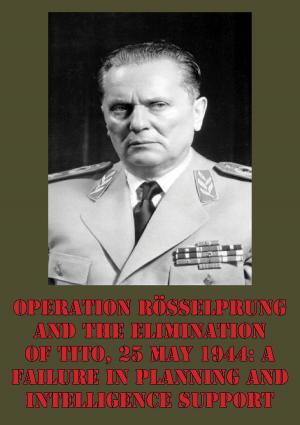
![Cover of the book The Battle Of The Huertgen Forest [Illustrated Edition] by Captain Stephen P. Gray](https://www.kuoky.com/images/2014/august/300x300/9781782898481-IEdU_300x.jpg)
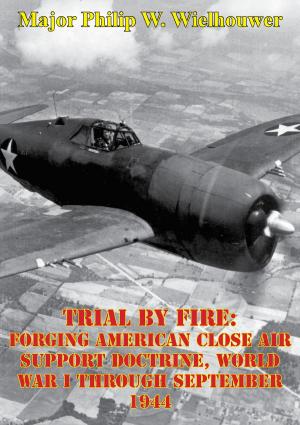
![Cover of the book Surgeon In Arms [Illustrated Edition] by Captain Stephen P. Gray](https://www.kuoky.com/images/2015/november/300x300/9781786255457-GW4K_300x.jpg)
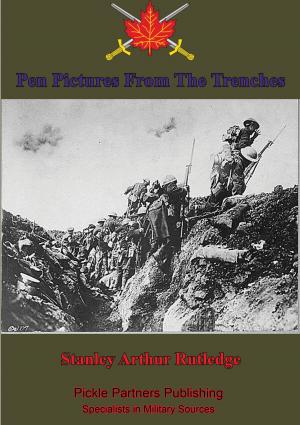
![Cover of the book Alamein to Zem Zem [Illustrated Edition] by Captain Stephen P. Gray](https://www.kuoky.com/images/2015/november/300x300/9781786257512-Y8XW_300x.jpg)
![Cover of the book Small Unit Actions [Illustrated Edition] by Captain Stephen P. Gray](https://www.kuoky.com/images/2014/august/300x300/9781782892526-t6wt_300x.jpg)
![Cover of the book 4th Armored Division In The Encirclement Of Nancy [Illustrated Edition] by Captain Stephen P. Gray](https://www.kuoky.com/images/2014/august/300x300/9781782893868-4xCN_300x.jpg)
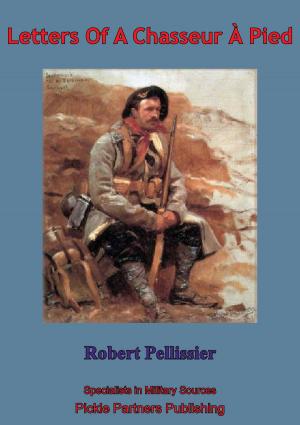
![Cover of the book Dark December: The Full Account Of The Battle Of The Bulge [Illustrated Edition] by Captain Stephen P. Gray](https://www.kuoky.com/images/2014/august/300x300/9781782898474-xBRx_300x.jpg)


